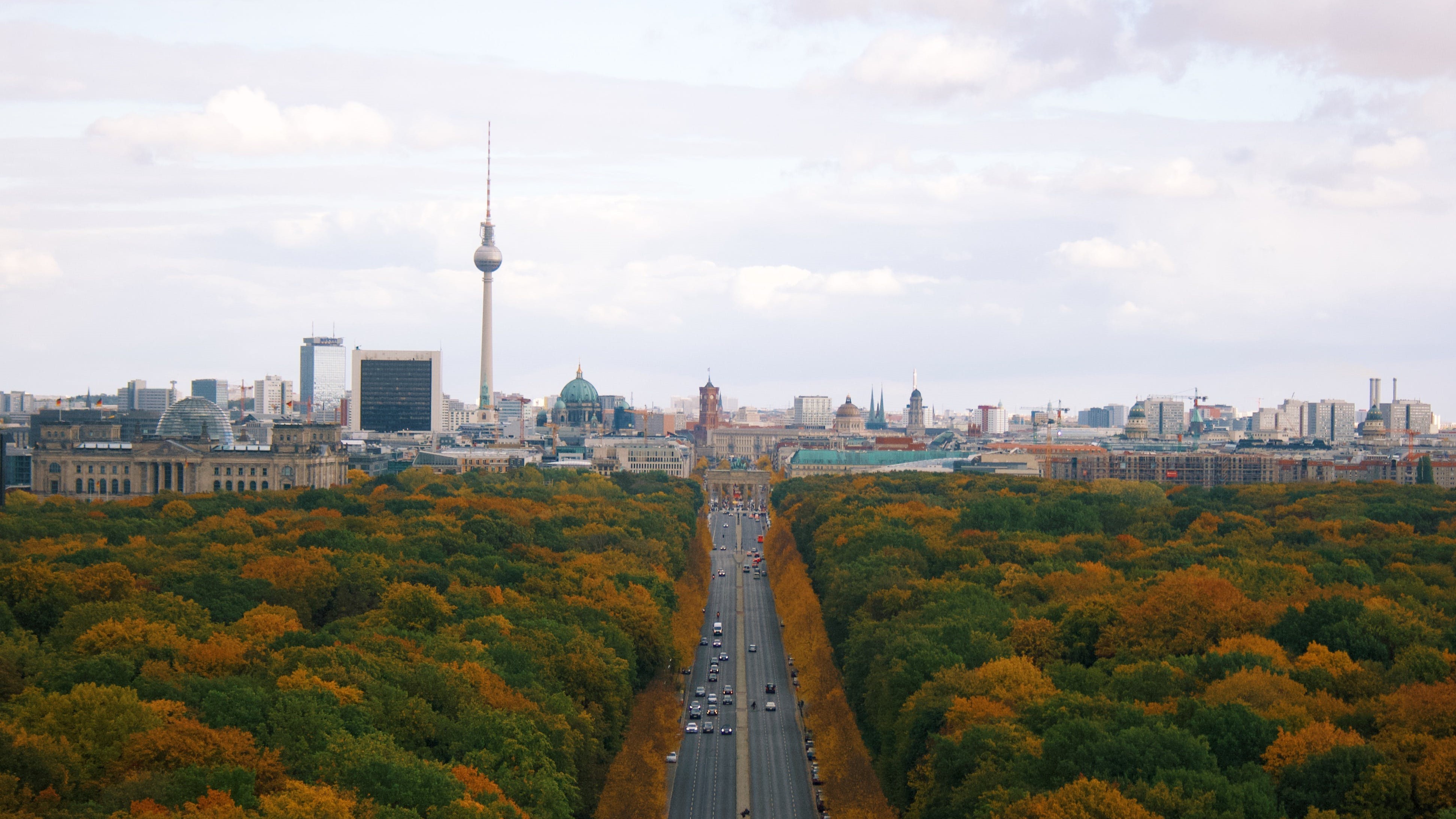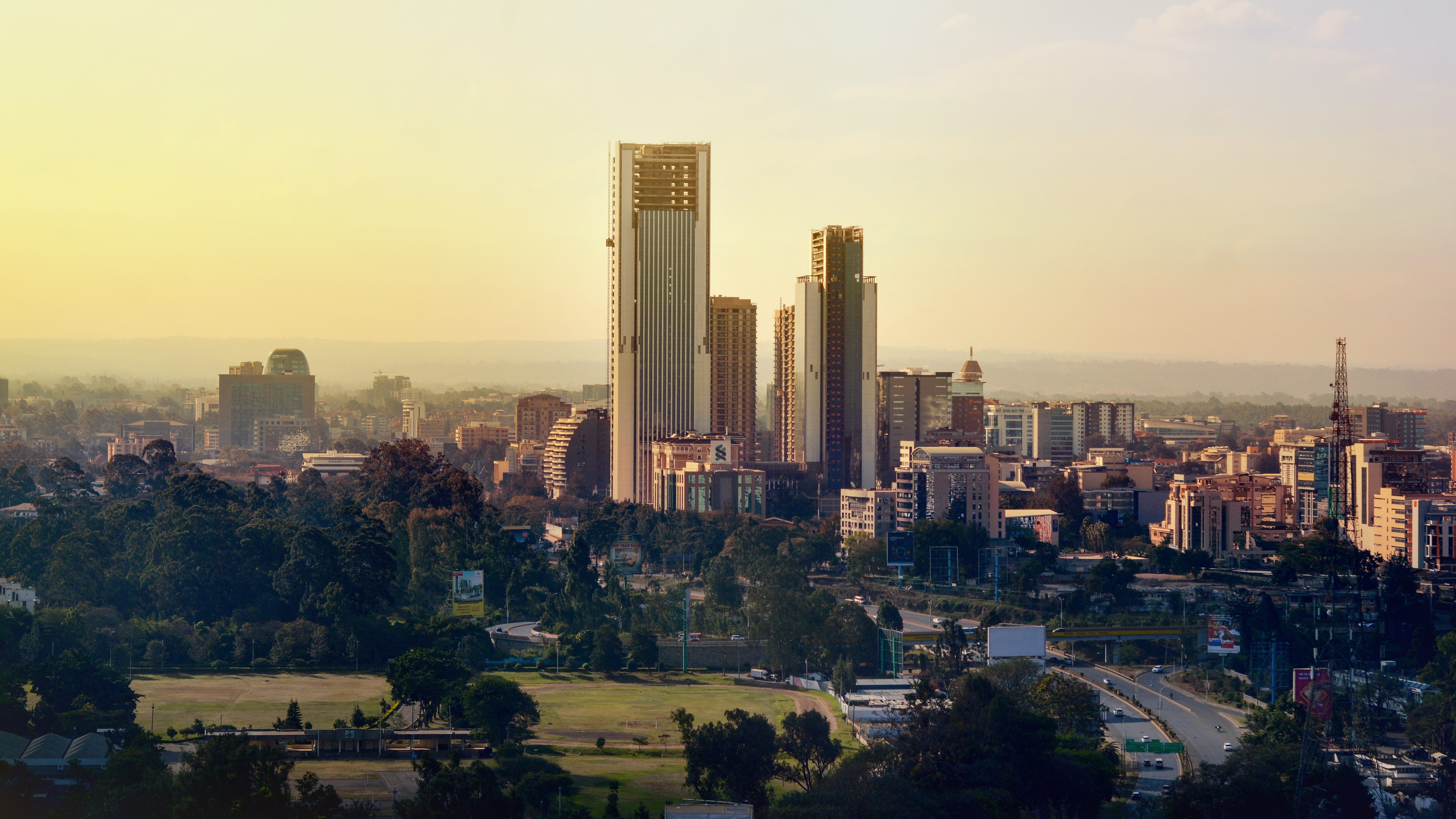
In its new report, FAO asked experts around the world to share their views on urban forestry, bringing together a broad range of regional perspectives
Within the context of our ever-evolving and dynamic cities, urban forestry plays an increasingly important role; not just in terms of shaping our everyday surroundings and environment, but also in terms of the cultural significance of trees and woodlands have within urban landscapes. This is the theme of a new FAO landmark report entitled “Urban Forests: A Global Perspective” which was launched during the 2nd World Forum on Urban Forests in Washington DC. Significantly, the report is more than just a standard publication; it is, in fact, a call to action.
But why is action on urban forests a priority at the current time? The answer lies in the need to make urban greening more effective and equitable, to deliver global SDGs and to mitigate against the ever-increasing challenges such as climate change, biodiversity loss and urban heat island effects. The main goal of the publication is to provide an overview of the current state of urban forestry around the world and inspire individuals, communities, researchers and policymakers by sharing insights, experiences and selected case studies in urban and peri-urban forestry (UPF) from different global regions.
Significantly, the publication highlights the inherent diversity in environmental, cultural, and socioeconomic contexts. In particular, it provides convincing arguments on why not all urban forestry approaches are equally appropriate to all contexts given the myriad of different pressures, environmental conditions, cultural factors and governance structures existing around the globe. For this reason, the report is subdivided into region-by-region perspectives covering the situation across different continents. These give rise to distinctive approaches and strategies for urban forestry projects and nature-based solutions which are targeted to global regional perspectives.
State of urban forestry in Europe
In the context of this report, the perspective from Europe was provided by Clive Davies and our partners Ian Whitehead, Rik De Vreese and Mariateresa Montisci, from the Urban Forestry Team of the European Forestry Institute located in Bonn.
Urban forestry (UF) has grown significantly over the last 40 years in Europe, although its roots go back much further to include (peri-urban) city forest management, which in some cases date back many hundreds of years. Today, with some recent newsworthy exceptions, municipalities are increasingly showing a strong willingness to combine urban densification with the demand for high-quality green space. These outcomes can be achieved through adopting new strategies and innovative approaches to project implementation, such as the ‘15-minute City Project’ or the ‘3-30-300 rule’.
Europe is a geographically and culturally diverse continent and this is also reflected in the key issues and approaches adopted regarding urban forestry practices and governance. The authors considered the following key themes within the different subregions of Europe:
- Nordic/Scandinavia: Health equalities, integration, adaptive management.
- Northwest Europe: Mosaic governance, partnerships, stakeholder engagement, environmental education.
- Mediterranean: Urban heat island impacts, urban cooling, fire hazards.
- Central Europe: Levels of participation, inadequate policy linkage, climate change/species adaptation.
- Southeast Europe: Rural urban migration and lack of integrated policies.
Taking into consideration this geographical and thematic diversity, the authors included case studies from different regions to explore how some cities and regions are investing in nature-based solutions to achieve better outcomes for citizens. Indeed, each region requires tailored strategies: it’s worth mentioning, for example, the public initiative “Barcelona Nature Plan” led by the Barcelona City Council and “Boscoincittà” in Milan, an excellent example of bottom-up governance. Finally, a great promoter of innovation in Europe is the European Forum on Urban Forestry (EFUF), a hub for exchanging ideas and to bridge the gap between practice, research, and policy.

And elsewhere?
The overview from Europe is just a small part of a much bigger global picture. While North America and Europe have emerged as pioneers in urban forestry with a recent boost in using advanced research and technologies, in sub-Saharan Africa bottom-up urban forestry approaches prevail. Here, communities, often led by women, start urban reforestation efforts rooted in cultural and spiritual values. In East Africa, trees are also of fundamental importance for provisioning services, which encourage widespread urban foraging practices. Challenges arising from sudden urbanization are evident in countries like China and Kuwait, where massive population shifts have strained urban ecosystems. In arid regions like the Near East and North Africa, increasing climate change impacts and stronger urban heat island effect call for innovative solutions.
Urban forestry in Europe is well-established and is currently in a good position within ongoing debates on ecosystem services, nature-based solutions, urban greening plans and green infrastructure. There is strong networking and an increasing interest in spatial planning and urban design. In recent times, the relationship between urban forests and tackling urban problems has been brought to the fore. However, urban forests are still seen as a lesser priority and their implementation still faces a lot of barriers.
Author:
Mariateresa Montisci (European Forest Institute)